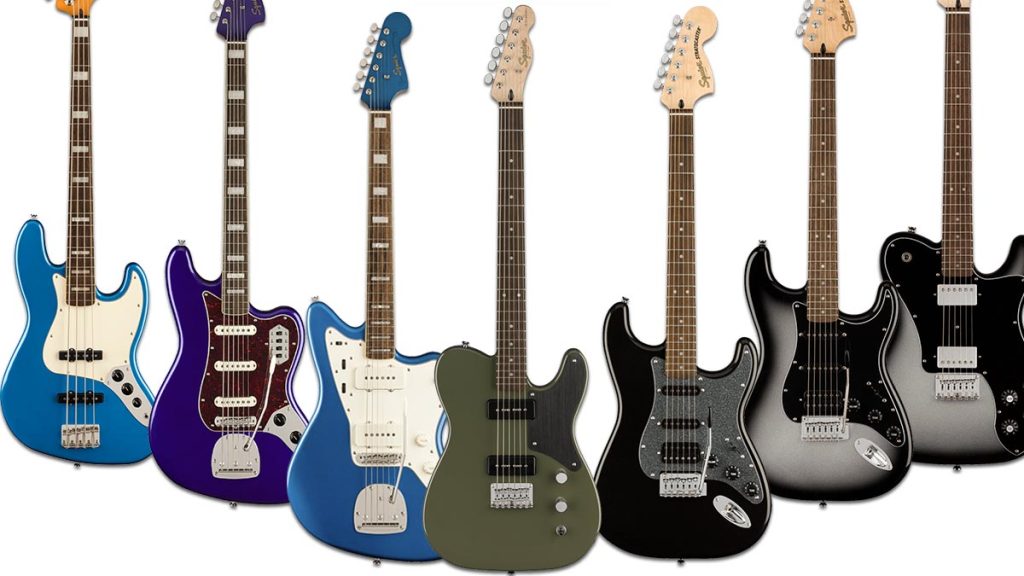Introduction
The guitar is a musical instrument that has been around for centuries and has undergone several transformations throughout history. Two of the most significant periods in the evolution of the guitar are the Renaissance and Baroque periods. These periods saw significant changes in the design, construction, and playing style of the guitar. In this article, we will take a closer look at the Renaissance and Baroque guitars and explore their unique characteristics.
Renaissance Guitar
The Renaissance period, which spanned from the 14th to the 17th century, was a time of great cultural and artistic revival. During this time, the guitar underwent its first major transformation, and the Renaissance guitar was born. The Renaissance guitar was smaller and had a more delicate sound compared to its predecessors. It had six or seven strings, and the strings were plucked with a plectrum, a small device used to strike the strings.
Construction
The Renaissance guitar was constructed using a variety of materials, including maple, rosewood, and ivory. The body of the guitar was made from two pieces of wood that were glued together, and the soundboard was made from a single piece of wood. The neck was made from a single piece of wood and was attached to the body using a dovetail joint. The frets were made from gut or metal and were tied to the neck using a knot.
Playing Style
The playing style of the Renaissance guitar was very different from that of modern guitars. The player used a plectrum to pluck the strings, and the right hand was used to control the volume and tone of the instrument. The left hand was used to press down on the frets to produce different notes. The sound produced by the Renaissance guitar was delicate and soft, and it was often used to accompany singers or other instruments in ensemble performances.
Baroque Guitar
The Baroque period, which spanned from the 17th to the 18th century, was a time of great musical and cultural achievements. During this time, the guitar underwent its second major transformation, and the Baroque guitar was born. The Baroque guitar was larger and had a more robust sound compared to the Renaissance guitar. It had six strings, and the strings were plucked with the fingers.
Construction
The Baroque guitar was constructed using materials such as spruce, rosewood, and ebony. The body of the guitar was made from two pieces of wood that were glued together, and the soundboard was made from a single piece of wood. The neck was made from a single piece of wood and was attached to the body using a dovetail joint. The frets were made from gut or metal and were tied to the neck using a knot.
Playing Style
The playing style of Tablature Guitare was much more sophisticated than that of the Renaissance guitar. The player used their fingers to pluck the strings, and the right hand was used to control the volume and tone of the instrument. The left hand was used to press down on the frets to produce different notes. The sound produced by the Baroque guitar was more robust and powerful, and it was often used as a solo instrument.
Conclusion
The Renaissance and Baroque periods were significant times in the evolution of the guitar. The Renaissance guitar was smaller and had a delicate sound, while the Baroque guitar was larger and had a more robust sound. The construction and playing style of these guitars were very different from those of modern guitars, and they reflect the musical and cultural achievements of their respective periods.

